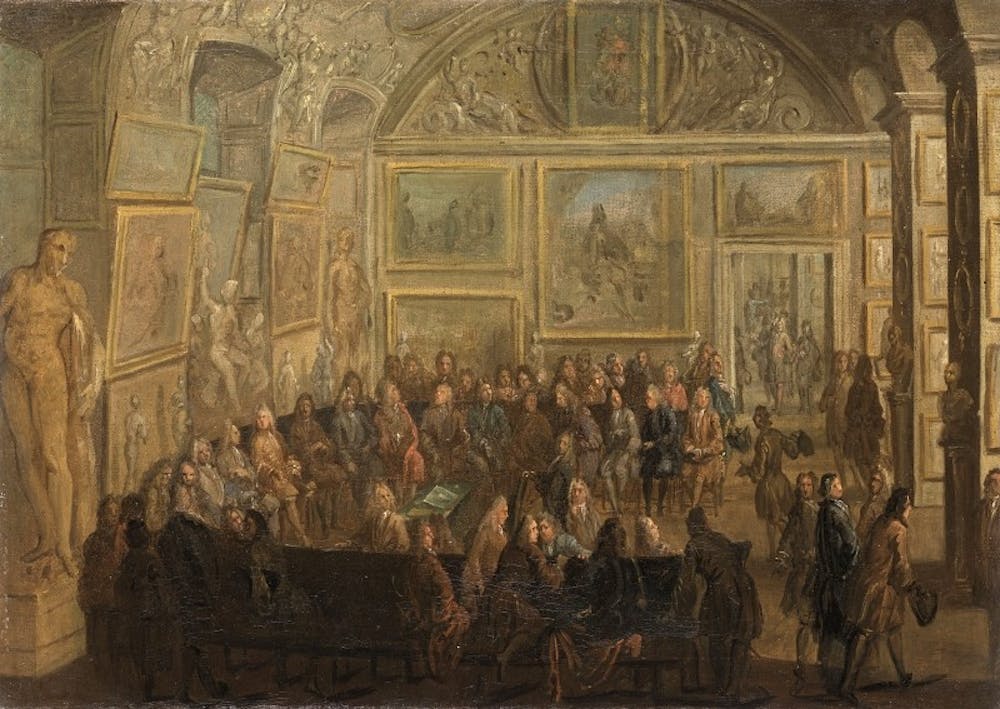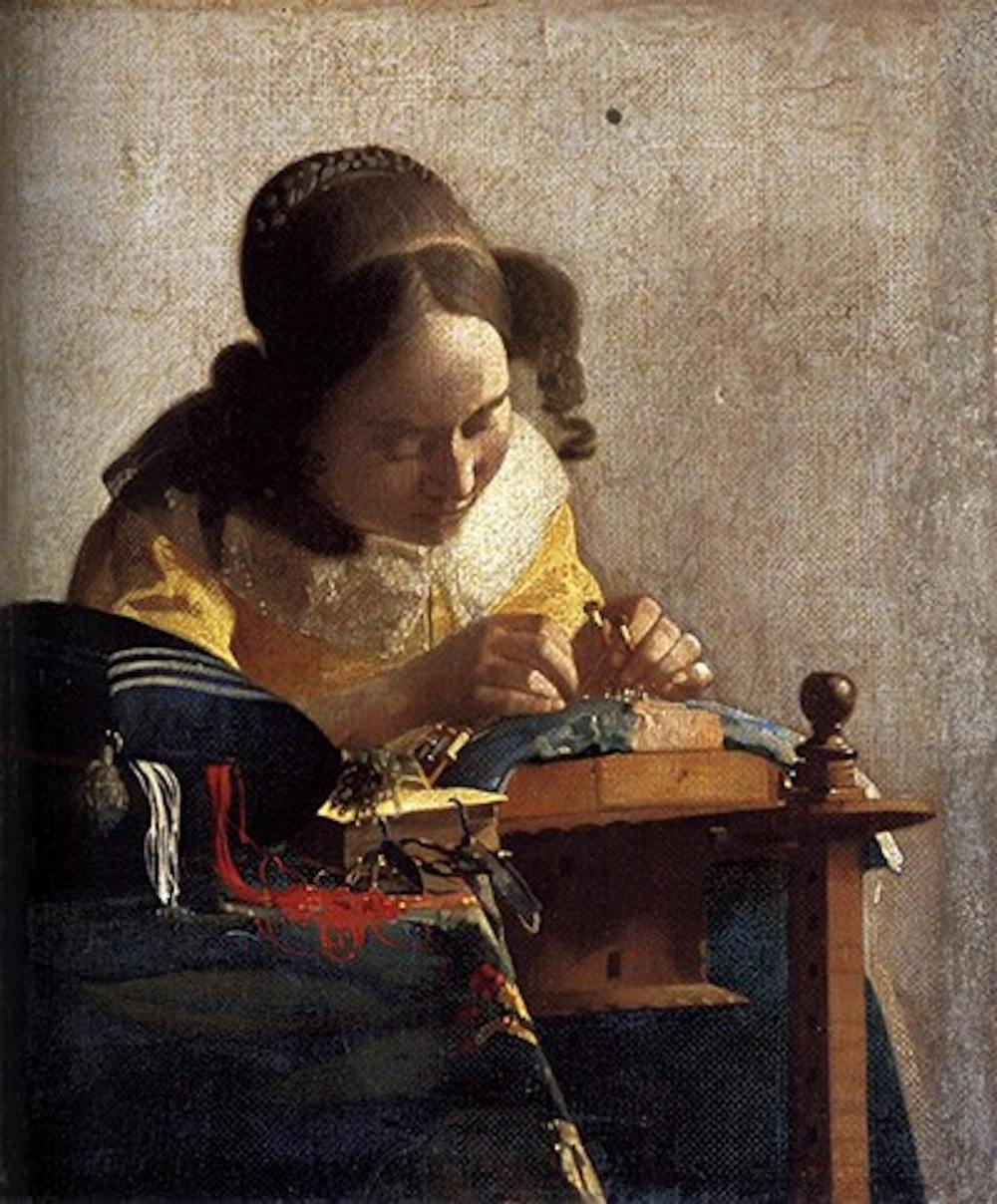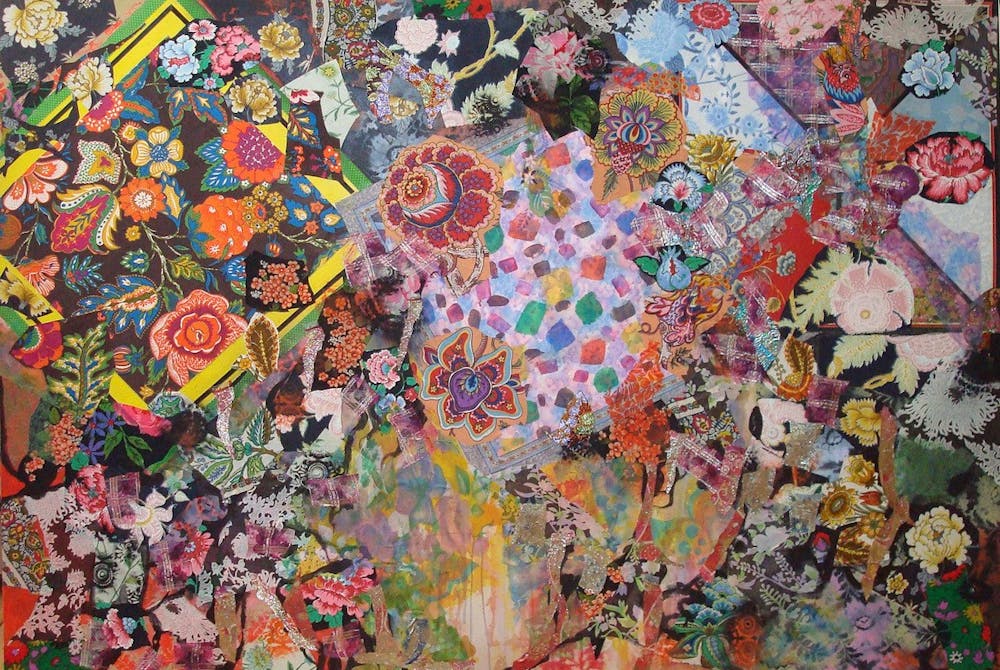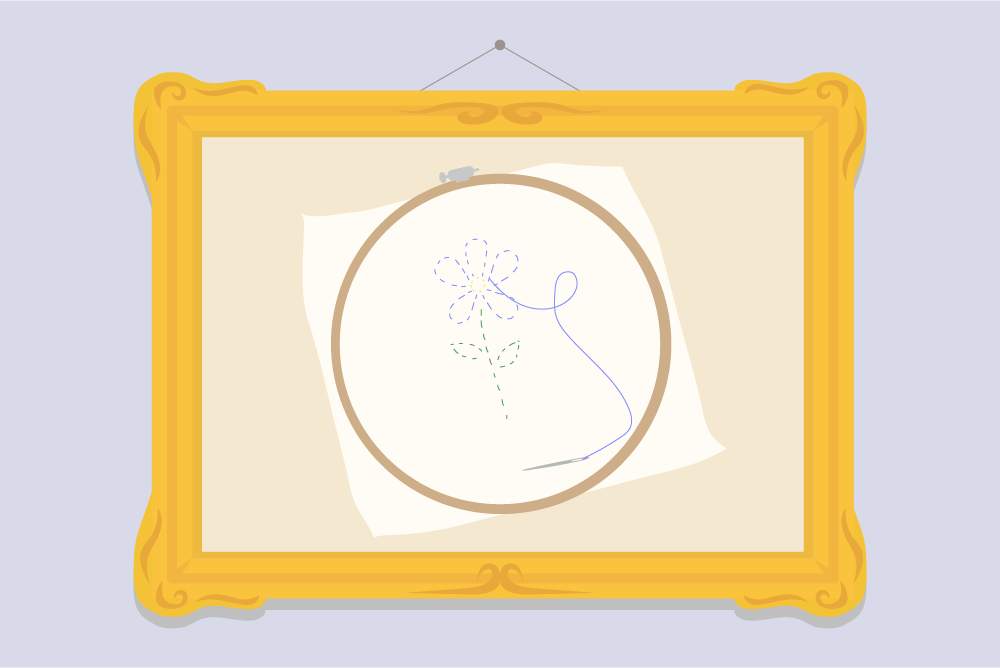Da Vinci, Dali, Degas, Durer, Duchamp … a cursory look at the names of artists, even just those whose names begin with the letter D, tells us a lot about being a woman in the art world. Unsurprisingly, the number of well–known female artists throughout history pales in comparison to that of their male counterparts. While each of these inspirational women has her own complex and intriguing backstory worthy of its own article, understanding their collective exclusion and erasure from the art world is a necessary step toward making it more equitable.
So are women just less artistic than men? The answer is no, despite the fact that they are often perceived to be. Studies show that the public often associates creativity with masculine character traits. Male artists are seen as the inventive visionaries of the art world, meaning women are left with none of the credit. The lack of female creative icons in our modern understanding of art history has contributed to this misconception, conditioning the public to believe that men are superior in the field.

Barring a few exceptions, art education and painting academies were historically only accessible for men—due to explicit regulations, social pressures, or domestic obligations. Much like the present day, beating the “starving artist” stereotype was incredibly difficult and required the connections and skills only a formal education could provide. There were insurmountable challenges to becoming a female artist: the social stigma surrounding working women, a lack of educators willing to take on female students, and family expectations are just a few. These factors, plus the same competitiveness and fluctuating demand that male artists struggled with, made it practically impossible for women to find success in the field regardless of their raw talent or artistic passion.
Despite their relegation to the home, many women found ways to express themselves that merged domestic duties with creative desires. Embroidery, crochet, and weaving are just a few examples of socially acceptable forms of art for women due to their utilitarian value. Decorative arts or crafts were typically used as hobbies for wives—they often had functional domestic uses and were tea–time activities passed on through matrilineage while husbands worked and sons studied.

Regardless of the immense manual skill required for needlework, tapestry composition, or any other one of these traditionally female crafts, they have never been considered true forms of art. The decorative arts have often been deemed less inventive and intensive compared to painting, sculpture, or other forms of “high art”; they have historically gotten very little recognition accordingly. The cultural understanding of craft as less valuable than fine art should make art connoisseurs think about the sexist stereotypes that may underpin their preferences.
For instance, while creating a tablecloth requires a different expertise than painting with gouache they both require a diverse set of skills, a large time investment, and plenty of requisite knowledge. Fine art and decorative art serve distinct purposes yet are individually beautiful, begging the question of why the art world exhibits such a bias for the former. The answer, while far more nuanced and complex than can be captured in a sentence, is a combination of the many points previously discussed—women, considered by society as the less creative gender, have been historically excluded from art education, patrons, and success, leaving men to dominate the art world. By extension, men also determine what is and isn’t valuable based on their own, often gendered, assumptions.

Many female artists deserve praise for their attempts to give crafting the widespread appreciation it merits. During the Women’s Liberation Movement of the '60s, feminist artists began to use decorative art forms to start forming a “female aesthetic” as well as to make a political statement about their identity–based experiences. Rather than distancing themselves from artistic expression deemed “low” or “too feminine” by the male–dominated field, many female artists incorporated crafting more and more into their creative process as a method of resistance.
For example, Faith Ringgold created quilts that celebrated the heritage of her black female ancestors, and Miriam Schapiro’s “femmages,” or feminist collages, extravagantly and vibrantly drew on stereotypes that women’s art was kitschy and overtly girlish. The Dinner Party, a multimedia piece by prominent feminist artist Judy Chicago, celebrates female icons through history and challenges the concept of sewing, embroidery, and other female crafts as lacking artistic value. These are just a few examples that have gained visibility, but, as aforementioned, the creative work of many more female decorative artists throughout history has flown under the radar. Regardless, there are many up–and–coming 20th–century artists capitalizing on these traditionally female forms for subversive reasons, much like the activists of the '60s.

Much work remains to make museums, art education, and historical narratives more inclusive, but in more recent years, many influential women have worked toward breaking down biases on these fronts. One such example are the Guerrilla Girls, a gorilla–masked anonymous association of women that have been shedding light on gender bias in the arts since 1985. They have seen some improvement since their formation, but statistics from this past decade reveal there is so much more to fix. A study of 820,000 commercial and public exhibitions in 2018 found only one–third of the artists were female, and furthermore, that women artists earn 66 cents on their male counterparts’ dollar.
While male domination of the creative world won’t disappear anytime soon, there are mechanisms by which we can achieve equitability. For one, shedding light on the structural factors that have excluded female artists from self–expression and notoriety is key to alleviating institutional issues. Moreover, appreciating crafts as an alternate, equally rich, and gendered mode of expression is another precursor to an egalitarian art world. Despite many persistent prejudices and ignorant understandings of history, women remain resilient, creative, and above all else, crafty—in every sense of the word.

